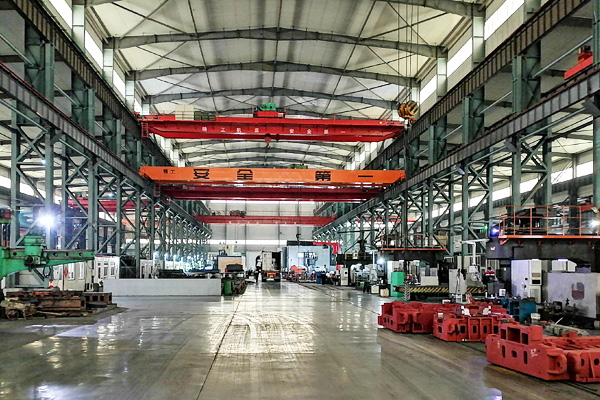Product Details
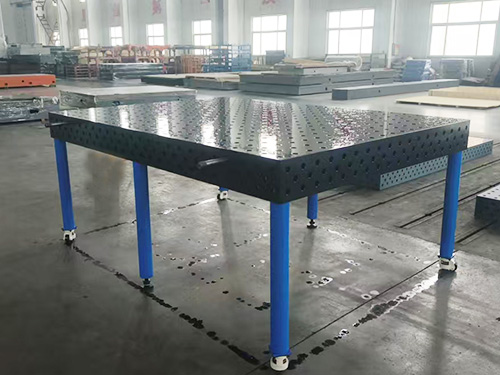






Automotive manufacturing welding table
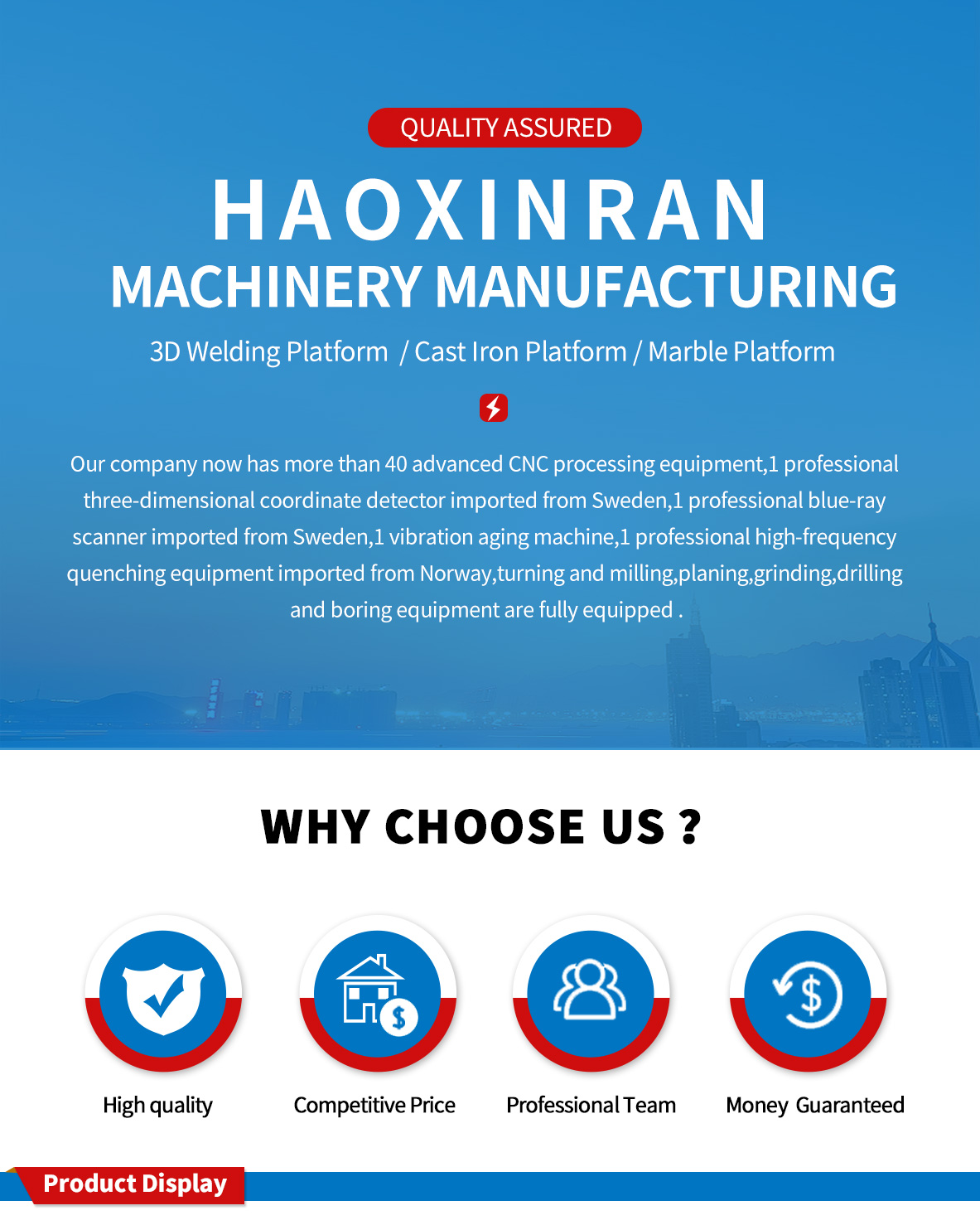
An automotive manufacturing welding table is a crucial piece of equipment in the automotive production process.It provides a stable and precise platform for welding various automotive components,ensuring the quality and integrity of the final product.Here are the key aspects of an automotive manufacturing welding table:
1.Structural Design
Robust Construction:Made from high-strength materials such as heavy-duty steel or cast iron to withstand the significant forces and vibrations generated during welding operations.The frame is often reinforced with additional supports and cross-bracing to enhance stability and prevent deformation.For example,in the production of large truck frames,the welding table needs to support the weight of the massive components while maintaining precision.
Flat and Smooth Tabletop:The tabletop is precisely machined to be flat and smooth,with a surface finish that minimizes friction and ensures accurate positioning of the automotive parts.This is essential for achieving consistent welds and reducing the risk of errors due to uneven surfaces.Some tables may have a surface treatment,such as grinding or coating,to further improve its durability and performance.
Modular Design:Many automotive welding tables feature a modular design,allowing for easy customization and adaptation to different welding tasks.Components such as clamping fixtures,support brackets,and workstations can be added or removed as needed,enabling the table to accommodate a wide variety of automotive components,from small engine parts to large body panels.
2.Clamping and Positioning Systems
Precision Clamping Devices:Equipped with a variety of clamping devices,such as hydraulic clamps,pneumatic clamps,and magnetic clamps,to securely hold the automotive parts in place during welding.These clamps are designed to provide a strong and consistent clamping force,ensuring that the parts do not move or shift during the welding process.For example,magnetic clamps are often used for holding sheet metal parts,as they can provide a quick and easy way to position and secure the components without causing damage to the surface.
Adjustable Positioning Elements:The table may have adjustable positioning elements,such as pins,stops,and guides,to accurately position the parts relative to each other.These elements can be adjusted to accommodate different part geometries and welding requirements,allowing for precise alignment of the components.This is particularly important in automotive manufacturing,where even small errors in part positioning can lead to significant quality issues.
Repeatability and Accuracy:The clamping and positioning systems are designed to provide high levels of repeatability and accuracy,ensuring that each part is welded in the same position and orientation.This is crucial for maintaining the quality and consistency of the automotive components,as well as for facilitating the assembly process downstream.
.Special Features
Integrated Dust and Fume Extraction:Welding in automotive manufacturing generates a significant amount of dust and fumes,which can be harmful to the health of the workers and can also affect the quality of the welds.To address this issue,many automotive welding tables are equipped with integrated dust and fume extraction systems.These systems use a combination of suction hoods,filters,and fans to capture and remove the dust and fumes from the welding area,ensuring a clean and safe working environment.
Automation Compatibility:With the increasing trend towards automation in automotive manufacturing,many welding tables are designed to be compatible with robotic welding systems.The table may have features such as robot mounting points,programmable motion controls,and sensor interfaces to enable seamless integration with robotic welding arms.This allows for more efficient and precise welding operations,as well as the ability to handle complex welding tasks that may be difficult or impossible to perform manually.
Ergonomic Design:To improve the comfort and productivity of the workers,automotive welding tables are often designed with ergonomic considerations in mind.The table height may be adjustable to accommodate different operators,and the layout of the clamping and positioning devices may be optimized to reduce the need for excessive bending,reaching,or stretching.Additionally,the table may have features such as anti-fatigue mats and tool storage compartments to further enhance the working environment.
4.Applications
Body-in-White(BIW)Assembly:One of the primary applications of automotive manufacturing welding tables is in the assembly of the body-in-white,which is the skeletal structure of the vehicle.The welding table provides a stable platform for welding the various body panels together,ensuring the proper alignment and fit of the components.This is essential for the overall strength and safety of the vehicle,as well as for the quality of the exterior finish.
Engine and Powertrain Assembly:Welding tables are also used in the assembly of engine and powertrain components,such as engine blocks,cylinder heads,and transmission cases.These components require precise welding to ensure their proper function and reliability.The welding table provides the necessary stability and accuracy to perform these critical welding operations.
Chassis and Suspension Component Welding:In the production of chassis and suspension components,such as frame rails,control arms,and shock absorbers,welding tables play a vital role in ensuring the quality and integrity of the components.The table provides a stable platform for welding the various parts together,ensuring the proper alignment and fit of the components.This is essential for the overall performance and safety of the vehicle.
In summary,an automotive manufacturing welding table is a critical piece of equipment in the automotive production process.Its robust construction,precision clamping and positioning systems,special features,and wide range of applications make it an essential tool for ensuring the quality and integrity of automotive components.
| D28 Welding Table Quotation List | |||||||
| specifications ( mm) | leg of a table | weight (kg) | Material model | ||||
| 1000*800*200 | 4 | 240 | 2D D28 SteelSeries |
3D D28 Cast Iron Series |
3D cast ironnitriding series | 3D Steel Series | 3D Steel Nitriding Series |
| 1000*1000*200 | 4 | 280 | |||||
| 1200*800*200 | 4 | 280 | |||||
| 1200*1000*200 | 4 | 330 | |||||
| 1200*1200*200 | 4 | 380 | |||||
| 1500*1000*200 | 4 | 380 | |||||
| 1500*1500*200 | 4 | 600 | |||||
| 2000*1000*200 | 4 | 500 | |||||
| 2000*1500*200 | 4 | 750 | |||||
| 2000*2000*200 | 5 | 1100 | |||||
| 2400*1200*200 | 6 | 750 | |||||
| 2500*1500*200 | 6 | 950 | |||||
| 2500*2000*200 | 8 | 1250 | |||||
| 3000*1000*200 | 6 | 800 | |||||
| 3000*1500*200 | 6 | 1100 | |||||
| 3000*2000*200 | 8 | 1500 | |||||
| 3000*2500*200 | 8 | 2000 | |||||
| 3000*3000*200 | 10 | 2500 | |||||
| 4000*1000*200 | 6 | 1100 | |||||
| 4000*2000*200 | 8 | 2100 | |||||
| 5000*2000*200 | 10 | 2700 | |||||
| 6000*2000*200 | 14 | 3500 | |||||
| D16 Welding Table Quotation List | |||||||
| Material model | |||||||
| specifications ( mm) | leg of a table | weight (kg) | 2D Steel Series | 3D Cast Iron Series | 3D cast ironnitriding series | 3D Steel Series | 3D Steel Nitriding Series |
| 1000*1000*150 | 4 | 200 | |||||
| 1200*1000*150 | 4 | 250 | |||||
| 1500*1000*150 | 4 | 300 | |||||
| 2000*1000*150 | 6 | 400 | |||||
| 2400*1200*150 | 6 | 500 | |||||
| 3000*1500*150 | 6 | 800 | |||||
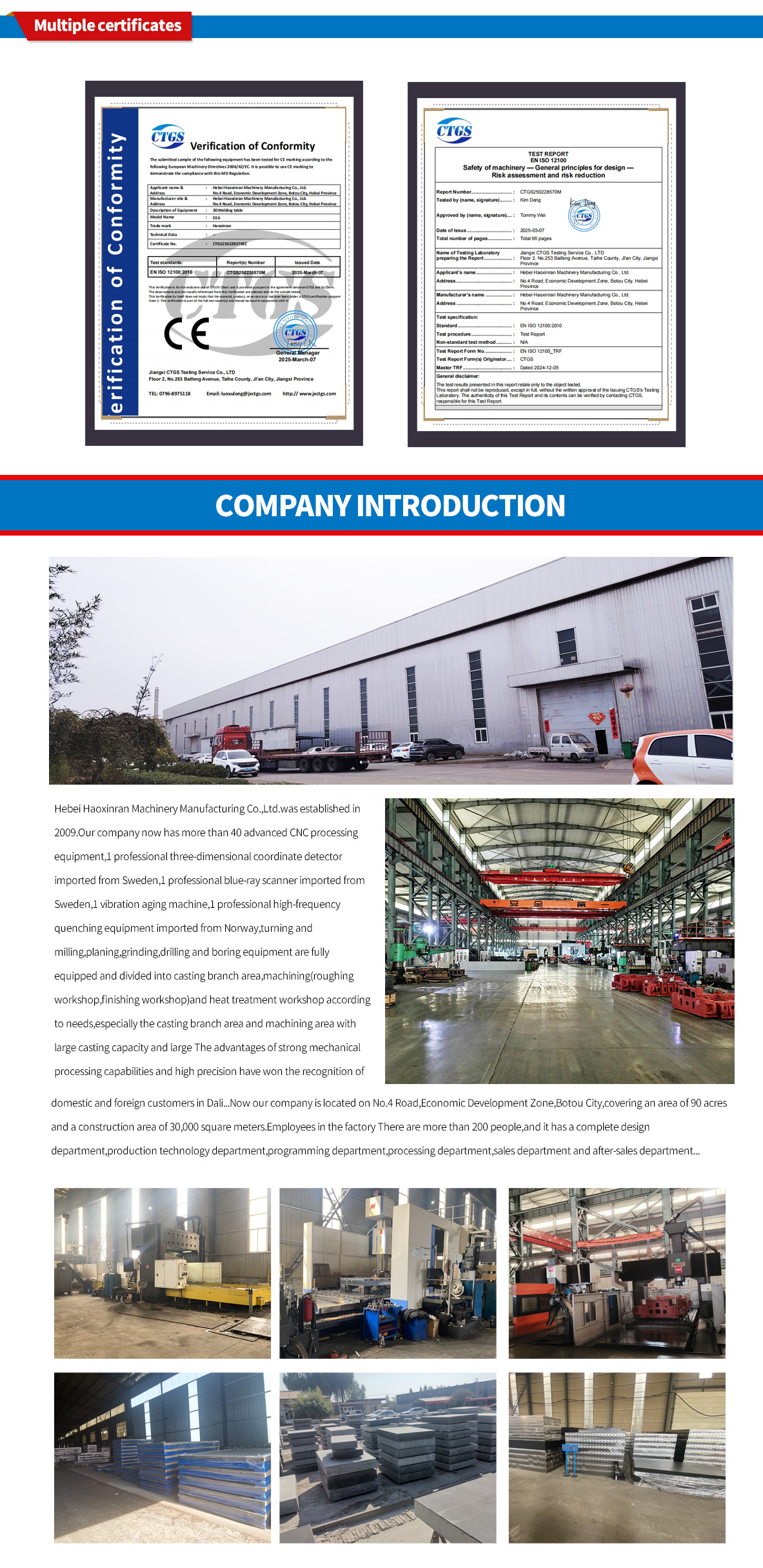
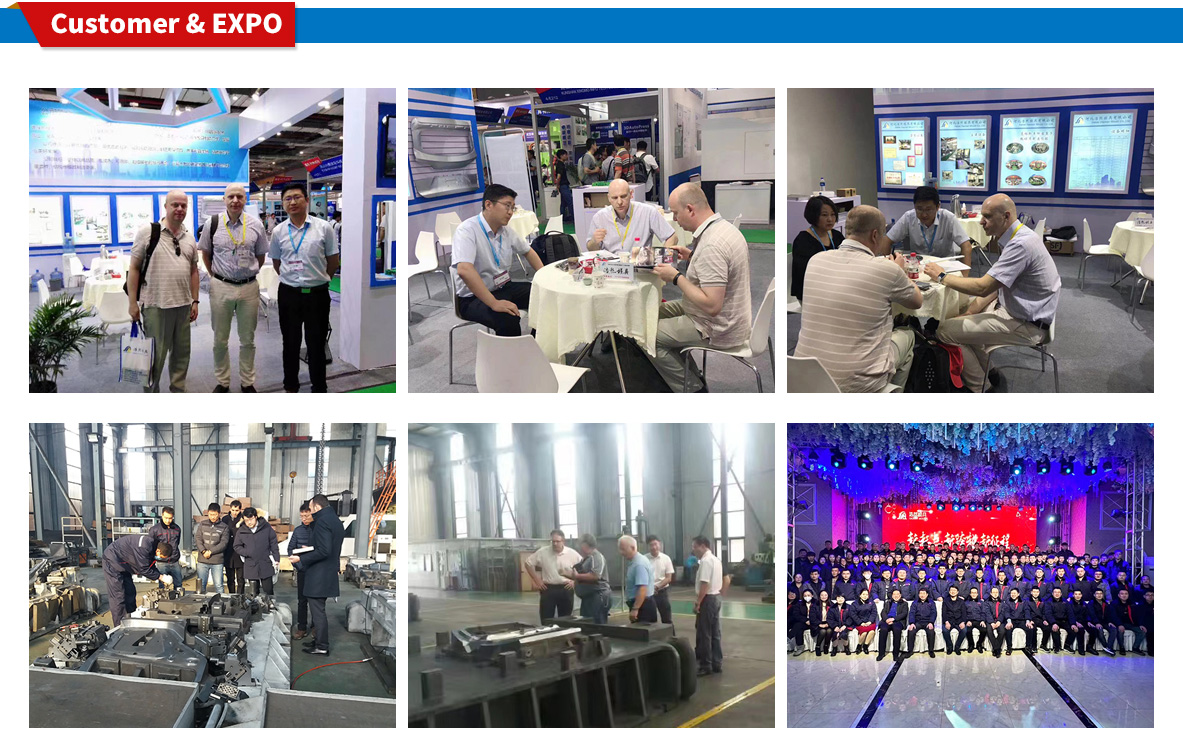
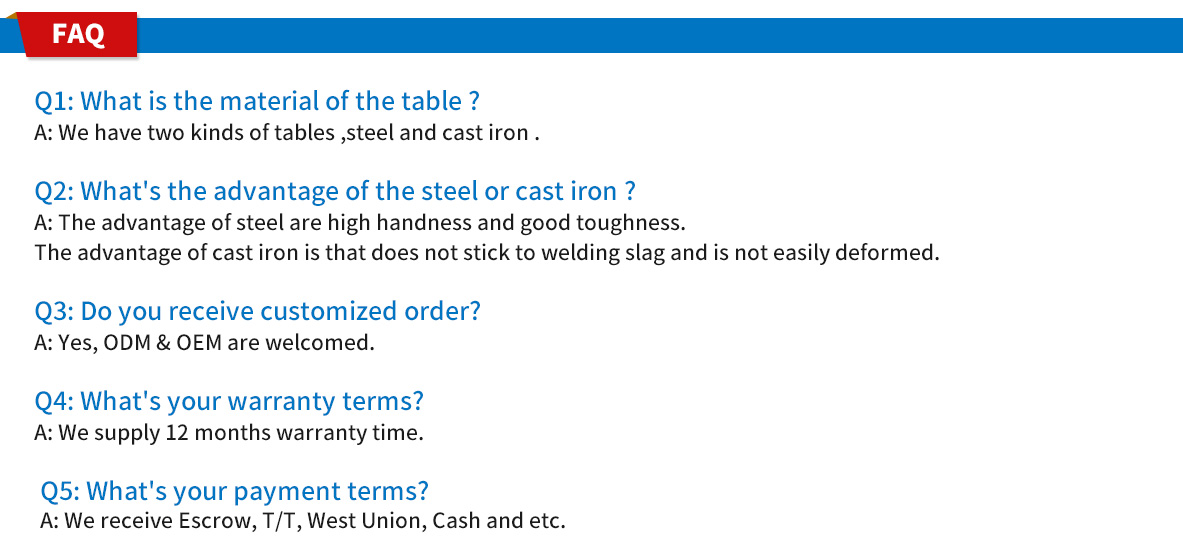
 HOT NEWS
HOT NEWS
-
How to Maintain Granite Platforms in Dusty Environments
2025-11-24 02:03:22
-
Modular Welding Tables: Boosting Accuracy and Efficiency in Fabrication
2025-11-21 12:25:54
-
Comprehensive Guide to Surface Treatment for Cast Iron Platforms
2025-11-18 12:25:34
-
Best Welding Table Options for Small Workshops
2025-11-15 10:33:25
-
Flexible Welding Tooling Solutions from China Manufacturer
2025-11-12 09:40:09
 CONTACT US
CONTACT US
—— E-mail:project@haoranmj.com
—— Whatsapp:+86 18932785670
—— Tel:+86 18932785670
—— Add:Across from Sanjing Distillery on Road 4, Botou Economic Development Zone, Cangzhou City, Hebei Province









